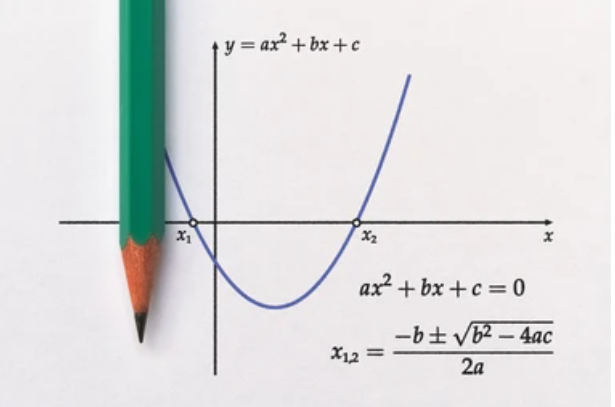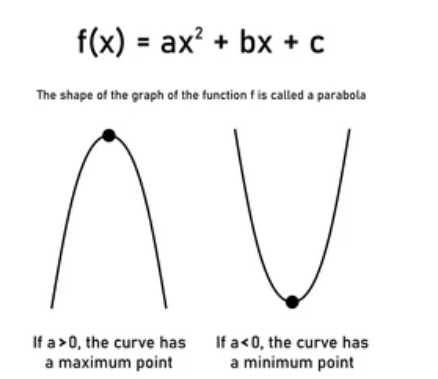Introduction to Quadratic Equation
A quadratic equation is a polynomial equation of a second degree of the form: ax2+bx+c=0, where x represents the variable and a, b and c are constants with a≠0.
The solutions to a quadratic equation can be found using the quadratic formula:
x = [-b±√(b2-4ac)]/2a
The expression b2 – 4ac is called the discriminant. The discriminant of a quadratic equation is a mathematical expression derived from the coefficients of the quadratic equation. It is used to determine the nature of the roots of the quadratic equation without explicitly solving for them.
If D > 0, the quadratic equation has two different real roots which are distinct and real numbers
If D = 0, the quadratic equation has two real roots that are equal
If D < 0, the quadratic equation has two complex roots.
Example 1: Solve the equation x2-5x+6
In the above equation a=1, b=-5 and c=6
discriminant D= b2-4ac = 25-24=1
As D>0,the roots of the equation are real and unequal
x1=(5 + √1)/2=3
x2=(5- √1)/2=2
Hence the roots of the quadratic equation are 3 and 2
The sum and product of the roots of a quadratic equation
for the quadratic equation ax2+bx+c=0
Sum of the roots = -b/a
Products of the roots = c/a
The graph of a quadratic equation is a Parabola.


When the coefficient of x2 is positive the parabola opens upwards and it open downward when the coefficient of x2 is negative.
For the standard quadratic equation y= ax2+bx+c the vertex of the parabola can be found using the formula x = -b/2a and substituting it back into the standard equation we get y= - D/4a, hence vertex is (-b/2a,-D/4a), where D =b2-4ac.
The axis of symmetry of a parabola is a vertical line that divides the parabola into two equal halves. It passes through the vertex of the parabola. For parabola in the standard form y= ax2+bx+c , the axis of symmetry is given by x = -b/2a